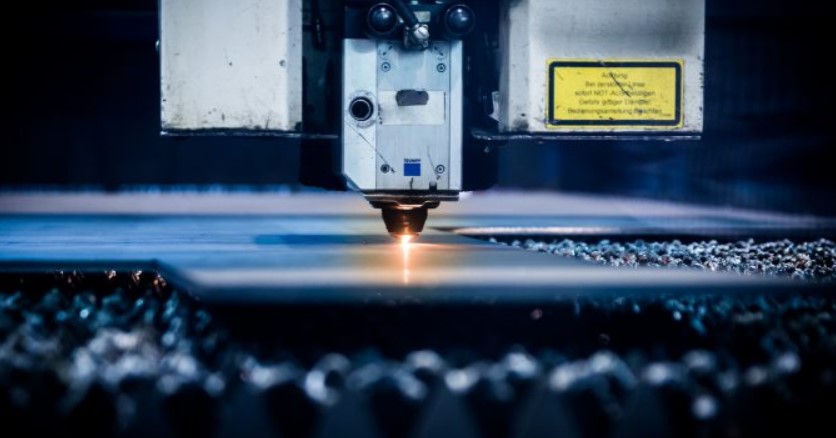
Lasers have long been a widely used tool for making precise, permanent, aesthetic marks on objects. From the patterns on your kitchen utensils to the patterns on your stained glass windows, lasers leave their mark everywhere. The motive why people choose laser marking over techniques such as doing it by hand or other varieties of radiation is:
Speed
The laser works fast. By programming a design into a laser machine, that design can be reproduced in a count of seconds. The same thing, by a human hand, would require a hundred instances that duration.
Repeatability
Watermark, logo, barcode, etc. everything is security information, and producing the best replica is the most important here. Laser replication is as error-free as it gets, with error levels too low for even the most state-of-the-art machines to detect. Also, repeatability is often desirable even when it is no longer of such paramount importance – for example while printing designs on garb or accessories in bulk.
Precision
The laser beam is no more than a few microns thick. A micron is a thousandth of a millimeter – yes, my calculations were correct. Therefore, there is no higher instrument than laser for making fine markings on areas where precision is truly necessary. This is why lasers are used in items such as glassware, medical equipment, barcodes, backlit keyboards, etc.
Till recently, however, laser devices have been limited to 2-dimensional surfaces. Even this now doesn’t seem too big of a limitation, because the biggest advantages of lasers are their speed, precision, repeatability, and immutability. Now, the identical precise performance has been assorted to include 3D items, of the most complex shapes and various sizes. This is where a 6-axis laser comes in. 6-axis laser technology combines quite a few features:
- 3D scanning, for one
- Use of a robot to shift around the workpiece. This approves a more constant route and distance of the laser, where both the head and the cloth being worked on are moved around to generate ideal results.
- Marking lasers with vision system
- Software equipment to allow image wrapping, even round complex and elaborate 3D shapes such as lanterns, vases, gemstones and so on
Consequently, 6-axis lasers have become highly famous in industries that require high-precision cutting, etching, or marking on 3D surfaces. As most people know through now, markings these days are made by erasure as often as they are made by using paint. Backlit keyboards, for example, work by having paint on the entire surface, however, a few layers of paint are removed to create the symbol on the key. The equal holds for car dashboards etc.
6-axis lasers are being used in the aeronautical enterprise too, to remove the paint from magnesium castings. Another important use of this sophisticated, modern-day marking technology is to remove steel plating from surfaces to generate beautiful, complex patterns. For cost-effective, efficient, and aesthetically beautiful marking technology, there is no better choice than a laser marking system.
